I want to read high voltages, like ~50V, using a microcontroller. I plan to put this as an input into the microcontroller's A/D line. But of course, you shouldn't have voltage that high on the input of a microcontroller or it'll fry.
How might I read high voltages? The main thing is that I need to step down the voltage before reading it. What do I need to consider when stepping down this voltage?
Thanks in advance!
Edit: I noticed in the PIC18 datasheet that it says "The maximum recommended impedance for analog sources is 2.5 kOhms." How does this affect how I step down the voltage, be it with resistive dividers, etc.?



